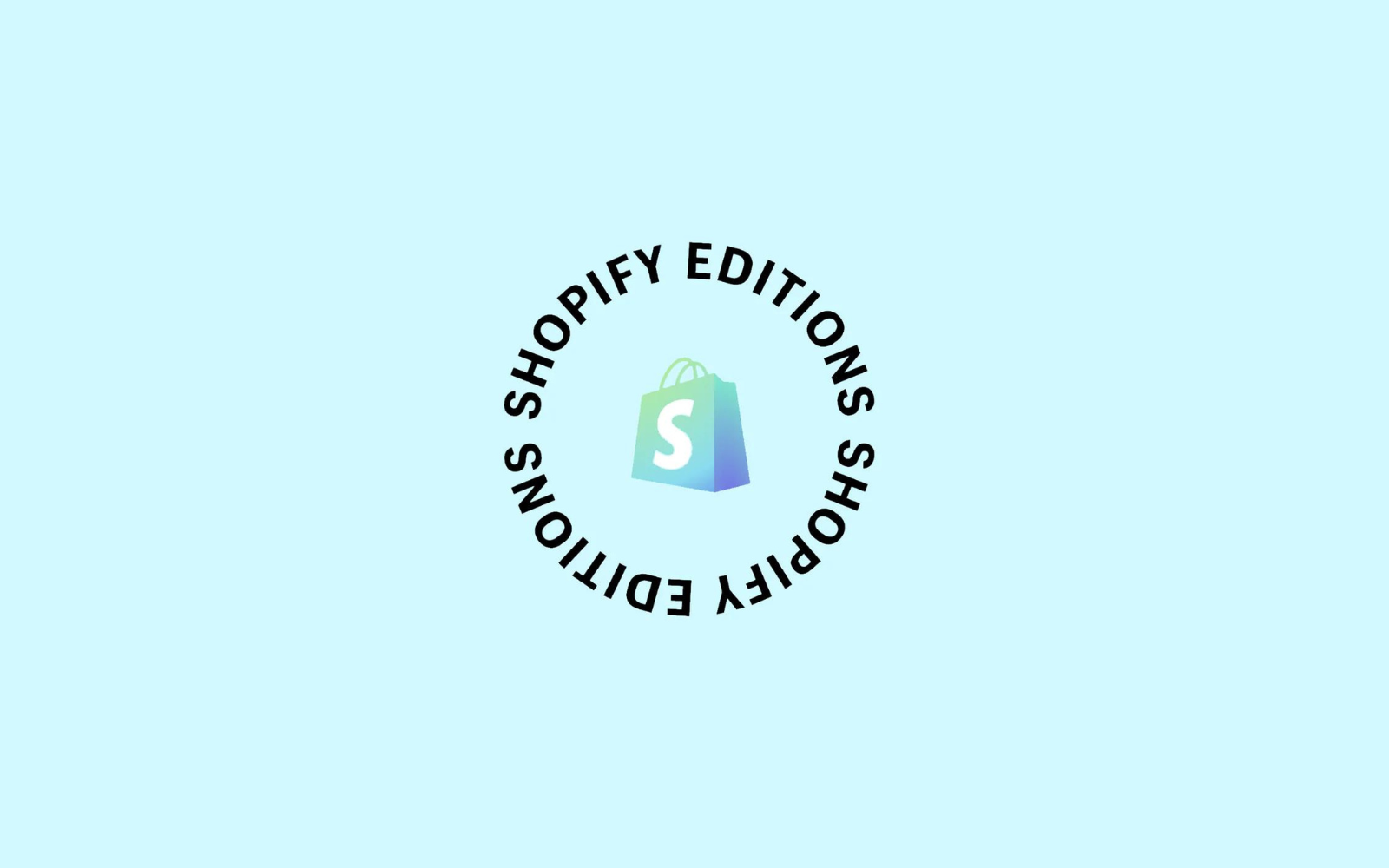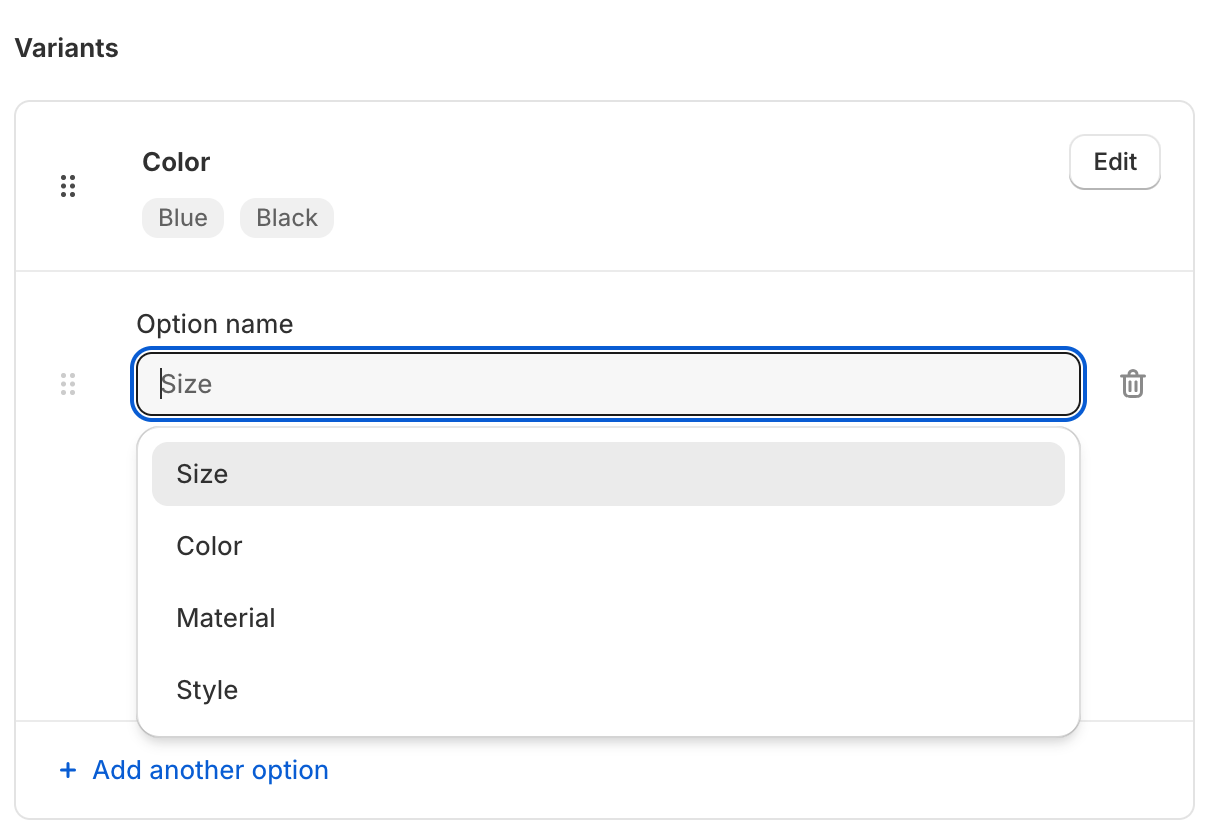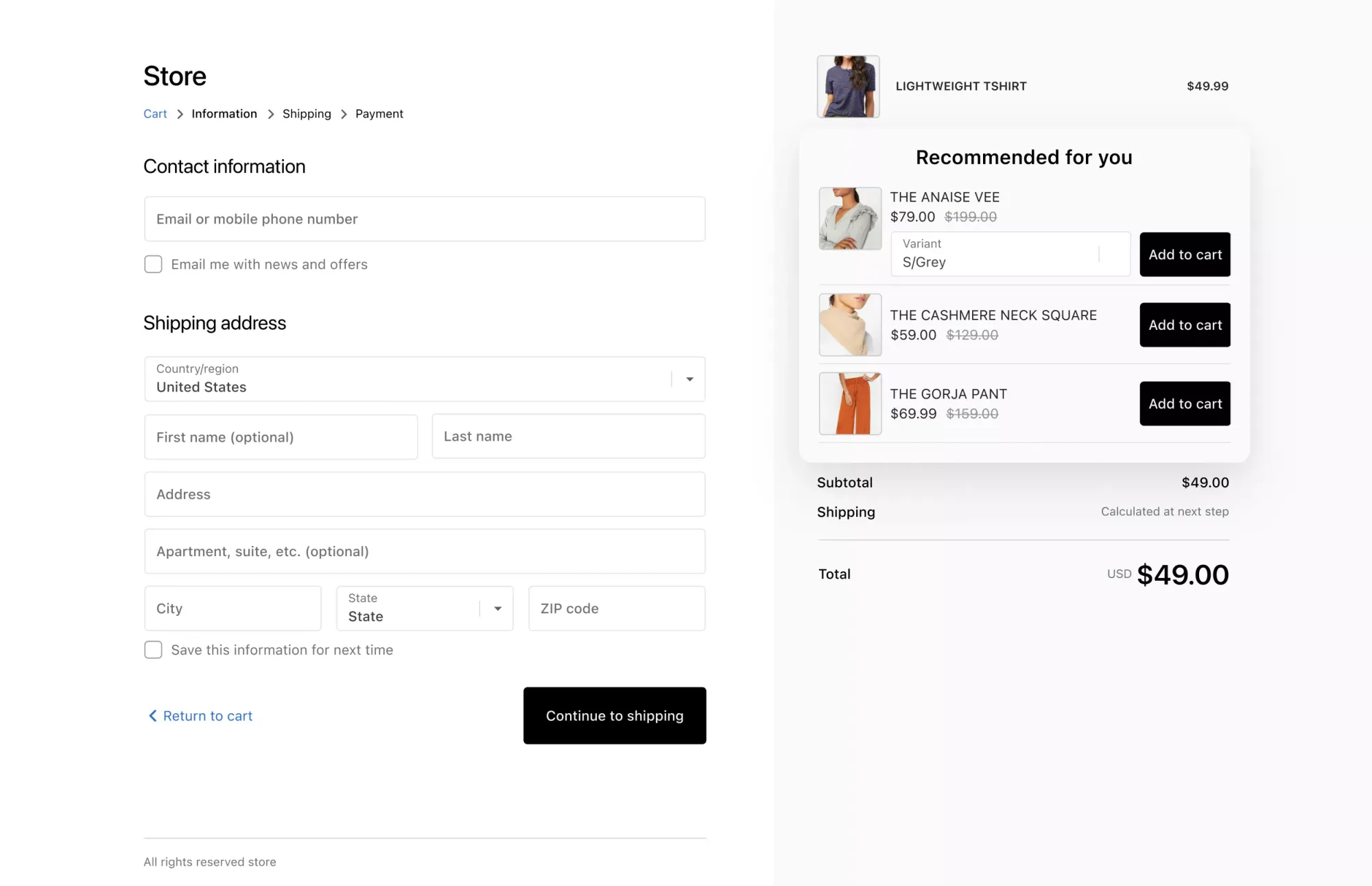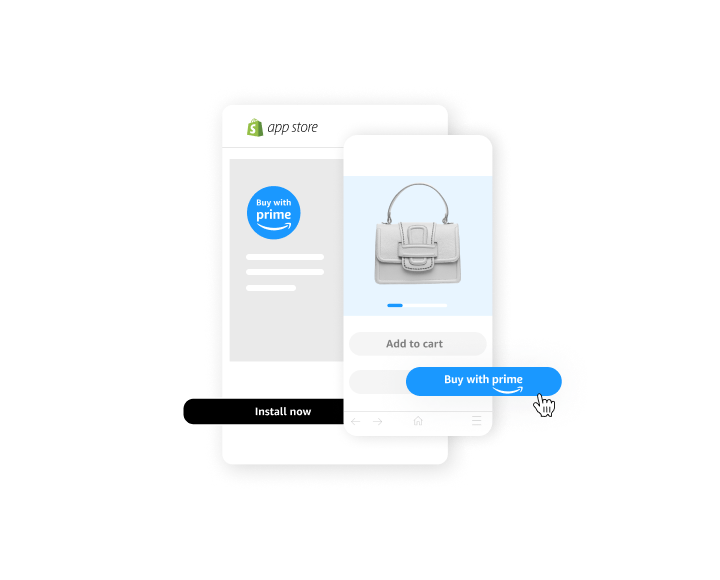Unpacking the Biggest Takeaways from Shopify's Winter '24 Edition

Shopify Winter '24 Edition has just been released, and it's packed with updates that can boost your conversion rates, enhance your marketing strategies, and refine your operations. This edition is not just about the immediate impact—it’s about setting the stage for sustained success and scalability.
With more than 100 updates from Shopify, there’s a lot you could focus on.
However, the AfterShip product and data teams think a few major elements of the update are particularly significant to retailers. We’ll share why they should be worthy of your attention and the strategy behind them.
What are Shopify Editions?
Shopify Editions is the eCommerce giant’s name for newly released product updates across their platform. Since 2022, these releases have happened twice a year—once in the summer and once in winter—and often include hundreds of updates, big and small.
Overview: Laying the Foundations
The theme of this season’s edition is "Foundations," with Shopify promising infrastructural updates designed to pave the way for more dramatic updates in the future.
Unlike previous entries—which had evocative titles like "Imagine My Business" and "Built to Last"—this edition has seen less immediate buzz in social media circles. Yet many changes here will be equally or even more significant to how you run your store in the long run.
This Shopify update is also a lot more focused. The structure of the Winter ‘24 Edition has been dramatically simplified, with only five areas of focus retained:
- Conversion: Updates related to checkouts and conversion, including updates that can improve your store's conversion rate, like Semantic Search and checkout extensions.
- Channels: Updates related channels outside the online store, whether POS, B2B, or Marketplace Connect—plus, updates that expand channels and help merchants secure more GMV.
- Marketing: Updates related to customer acquisition and helping merchants bring more traffic to their storefronts.
- Operation: Updates related to Shopify's operating functions, such as Shopify Flow.
- Developer: Updates for developers. (This section explores the same changes above from a developer perspective, so we’ll leave it out of our analysis today.)
Below, we dive deeper into each one.
Conversion
Improvements to product merchandising foundations
One of the biggest surprises from Shopify Winter 2024 Edition is the attention paid to core functionality: namely, product merchandising. These changes look to solve several longstanding and widely criticized technical limitations within the platform itself:
1. Difficulty managing variant options.
Shopify features four default variant options for any product type: size, color, material, and style. However, these options have limited coverage and don’t apply to many products sold on the platform (for instance, most food probably wouldn’t use a color or material attribute).
These values also need to be manually filled in, which can require merchants to spend a lot of time.

2. Limitations to how many variants can be created.
For performance reasons, Shopify has historically limited the maximum number of SKUs corresponding to a single product (SPU) to 100, which unfortunately poses a significant challenge for brands in industries like fashion and apparel.
Take a merchant selling shoes as an example. Offering 20+ sizes in 5-6 colors will easily exceed 100 SKUs, and merchants then need to split an SPU into awkward multiples to go on the shelves.
This limitation can result in poor backend operation and a challenging experience for consumers exploring your storefront.
3. Weak experiences switching variants on the customer’s side.
Finally, Shopify treats all variant options with the same logic by default—leading to not-so-great purchase experiences in some cases. For example, selecting color and selecting size on the product details page are identical (i.e., they need to use text to select color rather than a swatch.) In the past, merchants needed to rely on third-party swatch apps for this functionality.

Thankfully, the “Foundation” edition has started putting many changes into place that address all three of these longstanding issues with product merchanding. They promise to:
- Add a new product classification system, or standard product taxonomy, in the Shopify backend, which will assist with organization and enhance the search experience. This classification system also connects with systems used by platforms like Google and Facebook, so when merchants place ads, Shopify will automatically perform category mapping without the need to add them manually.
- Introduce category metafields. When a merchant selects a category for a product, the attribute list appropriate to that product category will be presented in the form of a category metafield. According to Shopify, this feature will “help you add the right information to your products to make them more discoverable by visitors on your site, on marketplaces, and on search engines.” This feature is currently only open to some customers.
- Increase the variant limit from 100 to 2000, making it much easier for merchants who sell products of many different variations, like sizes or colors. It’s currently in developer preview.
- Release the Combined Listing App, exclusive to Shopify Plus and available in early access, which further simplifies managing product variations by “enabling merchants to efficiently create combined listings for their varied products without the extra workload.”
- Release an official color swatch for the color metafield. The color swatch can be directly implemented in the latest version of the Dawn theme.
On the surface, all of these updates improve the experience of product merchandising from the perspectives of both merchants and their customers.
If that were all, it’d already be a cause for celebration, but there’s more…
Standardizing and structuring data is also a significant step in leveraging AI in the future.
Though Shopify can access a lot of consumer data, it’s difficult for them to use it effectively in its current state. Compared to marketplaces like Amazon, for instance, the data across each storefront on Shopify is like an “isolated island” that’s hard to combine into something viable. Many purchases are also made anonymously, and browsing data can be challenging to track.
This results in a sparse data problem that Shopify is solving by standardizing and setting restrictions on metadata across all storefronts. (It’s also likely one reason why Shopify firmly pushed its own Shop App in the past—though with limited success. In the app, user data is interoperable, and it’s pretty easy to collect the cross-store behavior of users.)
Improved search experience via AI
Like most SaaS, introducing AI across the platform has been a focus since last year. Shopify Magic, a suite of AI tools, and Shopify Sidekick, a virtual AI assistant, were announced in the summer update. Structured data will help them refine their AI solutions immensely in the future.
One of the more immediate applications of AI mentioned in the Winter ‘24 Edition is using AI to improve search experiences across the platform through Semantic Search.
In a recent interview with No Priors, Glen Coates, Shopify’s VP of Core Products, describes the scenario of a search for an “LBD” (for the uninitiated, that’s a “little black dress”). As of today, Shopify’s search functionality is literal and based on keywords—so someone typing “LBD” into a search bar will end up frustrated unless the merchant has included it.
Semantic Search will allow Shopify to get closer to the intention of a query, rather than merely relying on keywords, without the necessity of manually tagging.
Though not yet available to the public, Shopify has generally focused on an improved search experience, including support for colloquial searches (like “something warm to wear”), using color as a search function, and allowing for the selection of multiple filter values.
In addition, Coates mentions how the tagging ability of the “Foundations” update will reduce the threshold for merchants to use high-quality search. In the past, merchants needed to tag each product accurately, but now it can be achieved through an AI tagging model with a 90% accuracy rate.
Checkout Extensions
Finally, you can’t have conversions without checkout. The Winter 2024 Edition introduces notable improvements to Checkout Extensibility that are worth noting:
- Shopify announced 14 new APIs and updates allowing partners to create unique app checkout experiences. Their state goal has been to help merchants make a more consistent experience across the buyer’s journey, so they’ve added support for thank you and order status pages as part of this update.
- The new branding API dramatically improves developers' ability to transform the look and feel of checkout, including “advanced color settings and schemes, header and footer customizations, and container styling in the main body and order summary sections.” (There will also be tailored upgrade guidance for existing checkout.liquid customizations to help existing Shopify Plus merchants migrate in March.)
- Already, 90+ apps have integrated with Checkout Extensibility. Shopify has made it easy to explore this collection and learn more about each app on the corresponding page.
This includes apps like AfterShip Personalization, an AI-powered product recommendation tool that helps merchants create personalized shopping experiences to boost average order value (AOV) and conversion rates.

Channels
Shopify POS
Shopify POS seems to have nothing to do with traditional ad channels. Still, it represents the extension from online to offline, an essential play in Shopify's expansion strategy.

Crucially, Shopify POS can run independently—without a Shopify online storefront. You buy Shopify POS and register a Shopify account to start using it. Compared with Salesforce and Magento, Shopify is ahead in the POS game. They can sell to traditional merchants who need POS machines in physical stores and eventually guide them to fully migrate to Shopify when they’re ready to go click-and-mortar.
Significant improvements to the POS experience for merchants in Winter 24’ Edition include:
- A continuation of Shopify’s push into the retail space, the Shopify POS Terminal allows customers to make payments at the counter. They boast a 99.9% platform uptime and a full-featured display that can be customized to match your brand.
- A new ship-from-store feature is currently in early access, allowing for order fulfillment directly from retail stores, potentially reducing costs and delivery times.
B2B and Shopify Collective
Many forecasting agencies consider B2B as the most significant opportunity in eComm in 2024. Gartner, for one, predicts that 80% of all B2B sales interactions will happen in digital channels by 2025.
That’s no surprise. Compared with the relatively saturated B2C and DTC markets, the maturity of the B2B market is low, and the potential is enormous. New AI technologies are also helping to solve many thorny problems of selling to businesses in the past.
With that in mind, the Winter 24 Edition contains three major updates for B2B selling:
- Sales Rep Permissions allows your sales team to place orders and access account info with custom permission levels.
- Merchants can create promotional discounts for their B2B customers on top of wholesale prices using third-party apps via Shopify Functions.
- Headless support for B2B lets merchants create unique experiences using their existing tech stack. According to Shopify, you can “enable B2B checkouts, and access personalized products and prices using the Storefront API, Customer Accounts API, and developer tools.”
For Dropshipping specifically, Shopify previously launched Shopify Collective, and the Winter 24 Edition improves the use of filters and supplier details, making it much easier for dropshippers to discover goods they want to sell.
Shopify Marketplace Connect
Starting last year—and likely motivated by the rise of low-priced competitors like Temu, Shein, and Tiktok Shop—the relationship between Amazon and Shopify shifted from one of competition to one of partnership. Last August, for example, Shopify announced merchants could offer Amazon’s ‘Buy with Prime’ option directly on their product pages.

Competing with these bargain marketplaces on price and supply chain is likely impossible, so Shopify and Amazon team up to increase the number of SKUs available, strategically interconnecting with other platforms and lowering the threshold for platform intercommunication.
As a result of this effort, the Winter ‘24 Edition update strengthens ties between the two with Shopify Marketplace Connect. One improvement is that when merchants in the apparel industry post from Shopify to Amazon, the attributes will be automatically matched to simplify the entire process.
Shopify Markets
A minor update, but worth highlighting for enterprise merchants navigating the complexities of global markets: Shopify Markets Pro (announced in summer 2023) has officially launched as a turnkey solution to simplify international transactions. It includes a suite of operations, localization, and automation tools that help you be ready for each region.
Marketing
Shopify Audience
Shopify Audience is Shopify's audience package service, helping merchants launch more accurate ads on social and search platforms by Google, Meta, and TikTok. This product has yet to announce many updates in terms of functionality. Still, Shopify has introduced a more intelligent algorithm with version 2.2, and they have a data team that continuously optimizes the CPM of the ads.
Shopify Collabs
First released in 2022, Shopify Collabs helps merchants match with social media influencers. The update added a backend search interface and filters to help merchants find better matches for their products and goals.
Shop App
How Shopify positions the Shop App has undergone significant changes in the past two years, from an attempt to transition to a marketplace to the current tagline, "the most rewarding way to Shop" that primarily promotes Shop Cash rewards. Shop Cash means that 1% of goods bought by customers are converted into credits (Shop Cash) that can be used in the app.

The update of the Shop App in this edition centers on Shop Campaign (Shop Cash Offer). Through Shop Campaign, merchants can control CPC and budget, and complete customer acquisition within the Shop App. (This edition also previewed a future for Shop Campaign on Google and Meta ads, but the specific form this will take has yet to be announced.)
The space dedicated to the earlier announced Shop Minis (a feature that lets you add engagement elements like livestreams, shoppable posts, and size charts to your Shop store) is minimal. As Shopify gradually changes the positioning of Shop App, we suspect updates to make up for the consumer experience will be correspondingly reduced.
Operations
Shopify Magic
Shopify Magic is a newly established project group within Shopify, responsible for bringing cutting-edge generative AI technology to the platform. During the summer, a product description generator was released, but the following functions were announced this time:
- AI Image Editor. This function hasn’t been launched yet but is the focus of this announcement. The promise is that merchants can create or edit product shots with AI, including generating, matching, or removing the background of existing images. Shopify has already made a demo of image background editing that points in the direction they’re taking development.
- AI-generated content for FAQs and About pages. Like the product description generator released last year, Shopify has started applying generative AI in more scenarios, potentially reducing the need for merchants to rely on ChatGPT or other AI solutions. We’ll likely continue to see AI filling out gaps across the customer journey.
- Shopify’s AI-powered backend copilot, Sidekick, generated a lot of buzz when it was first announced by CEO Tobi Lütke last year. By all accounts, Shopify is spending tons of energy bringing it to market. That said, this edition has no progress update, and the launch has yet to be announced. Making a Sidekick reality requires long debugging, research, and development, so it may be a while before merchants can use it.
Shopify Lending
As part of the Winter ‘24 Edition, Shopify Capital is now Shopify Lending, providing financial support to small startups and large retailers. It includes three different types of lending: capital loans and cash advances, term loans, and lines of credit.
Shopify Flow
Shopify Flow is a no-code tool for creating automated workflows to complete tasks like automating reordering and restocking or managing fraud concerns. The main updates to Shopify Flow this time include:
- Support for Javascript to implement custom logic, providing way more workflow flexibility. This ‘Run code’ action can also help aggregate data and calculate dates.
- Improve the creation experience of automation through a unified search. This UX improvement uses natural search language to make it much easier for Shopify Flow users to browse and find new tasks.
- Send notifications promptly when Flow fails. When automation breaks, you can end up with costly mistakes and frustrated customers, so adding this trigger is a welcome addition to Flow.

Shopify Fulfillment
Shopify sold its logistics business to Flexport last year, so it’s no surprise that this year's update is very small. The few updates include compulsory address verification in Checkout scenarios, and—after integration with Flexport—you can directly see the latest logistics info in the Shopify backend.
Shopify also announced the native exchange function, which is scheduled to go online in the first half of 2024. However, Logistics is no longer a strategic focus for Shopify, so we expect the functionality to be limited.
Conclusion: Stronger Foundations for the Future of eCommerce
The focus for Shopify at the start of 2024 is on incremental updates and enhancements to its existing offerings. As the theme suggests, they’ve wisely chosen to focus on product data restructuring and standardization to lay the "Foundations" for subsequent product content understanding and more exciting AI applications in the future.
In that sense, it may be one of the most critical updates ever, as it sets the stage for future ambition and innovation, especially when layering AI-enabled functionality across the platform.
See how next-gen apps like AfterShip Personalization work together with Shopify Winter 2024 Edition to help you create AI-powered customer experiences across all touchpoints.

